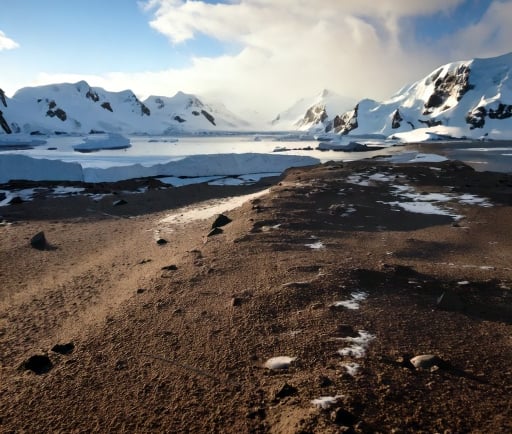The Significance of the Antarctic Desert in Global Climate Processes


Introduction to the Antarctic Desert
The Antarctic desert, often characterized as one of the driest deserts in the world, encompasses an expansive region that not only showcases unique terrestrial features but also plays a significant role in global climate processes. Covering an area of approximately 14 million square kilometers, this arid expanse is a crucial indicator of Earth's climatic health.
The Climate Dynamics of the Antarctic Desert
This polar desert is defined by its extremely low precipitation rates, which can be as little as 166 mm annually in its driest regions. Generally, the Antarctic desert experiences chilling temperatures that contribute to its status as a desert, even though what defines a desert is not merely the absence of moisture but also its unique ecological conditions. The harsh climate creates an environment that is primarily composed of ice and rocks, having minimal vegetation.
The Role of the Antarctic Desert in Global Climate
The Antarctic region plays an indispensable role in global climate processes. It acts as a significant regulator of the Earth’s temperature by reflecting solar radiation back into the atmosphere. The vast ice sheets of Antarctica store an enormous amount of freshwater, which is vital for stabilizing global sea levels. Additionally, the climatic conditions foster unique ecosystems, which have implications beyond just local biodiversity; they influence global atmospheric patterns and ocean currents.
Furthermore, the Antarctic desert serves as a critical laboratory for understanding climate change. Researchers monitor the effects of rising global temperatures, with significant attention on how the melting ice caps may impact future climate systems. Changes in the Antarctic environment can lead to global repercussions, since alterations in sea ice and shelf dynamics can affect weather patterns across the globe.
Understanding the dynamics of this desert is essential for scientists and policymakers alike, particularly in the context of initiatives aimed at addressing climate change. The stark reality of climate shifts is illustrated through the shrinking ice mass, emphasizing the urgency in addressing environmental concerns on a global scale.
Conclusion
In summary, the Antarctic desert, while recognized for its desolate conditions and extreme climate, is far from being merely an isolated entity. Its integral role in global climate processes cannot be overstated, as it affects everything from temperature regulation to sea-level rise. Continued research and monitoring of this region are paramount for forecasting future climate scenarios and implementing impactful environmental policies. Protecting the Antarctic desert is not only about preserving its unique ecosystems but also about safeguarding our planet's climate equilibrium for generations to come.
